While do-it-yourself projects can be fun and fulfilling, there is always a potential for personal injury or property damage. We strongly suggest that any project beyond your abilities be left to licensed professionals such as electricians, plumbers, and carpenters. Any action you take upon the information on this website is strictly at your own risk, and we assume no responsibility or liability for the contents of this article.
How to Prepare Your Boat for the Season

Proper winterization is key to affordable boat maintenance, but you have to undo all those preparations when it’s time to get ready for a new boating season. Towing a winterized boat down to the marina and putting it in the water could leave you stranded or even sinking. It doesn’t take much to get a boat ready for the water if it was properly prepared in the fall, but you will have to do a little more than just give it some fresh gas. Follow these steps to get ready for fun on your first outing of the season.
Check Your Registration and Tags
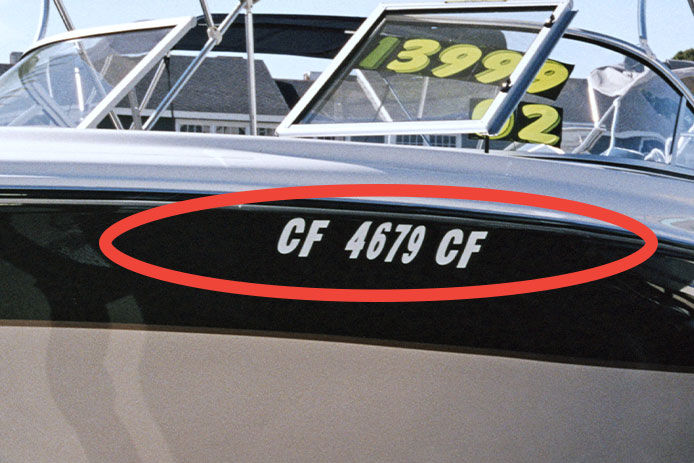
Each state has different requirements on what kind of boats need registration, but most of them require annual renewal. Don’t wait to register your boat for the season until you’re at the marina or lake. The process might have delays that could leave you waiting a few days to weeks for the right documentation, especially if you are registering a boat for the first time. Make sure all the paperwork and stickers on the boat have been updated before your first trip out on the water so there are no issues or interruptions. Include a checkup on your boat insurance policy in this step as well.
Test and Replace Safety Equipment
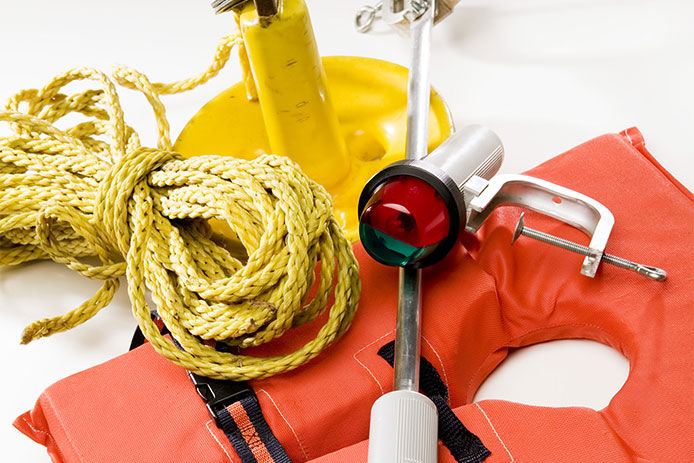
After ensuring the boat is legally allowed on the open water, start checking the physical equipment with all essential safety systems. Everything from the fire extinguishers to the flares and life jackets must be thoroughly inspected and replaced as necessary. Test all the alarms on the boat and replace batteries as needed. Double-check any anchor systems installed since many are integrated into the boat and not manually deployed anymore. Make sure to carry a replacement outboard motor, oars, or some other method of moving the boat in case of a breakdown on the water.
Clean and Wax the Boat
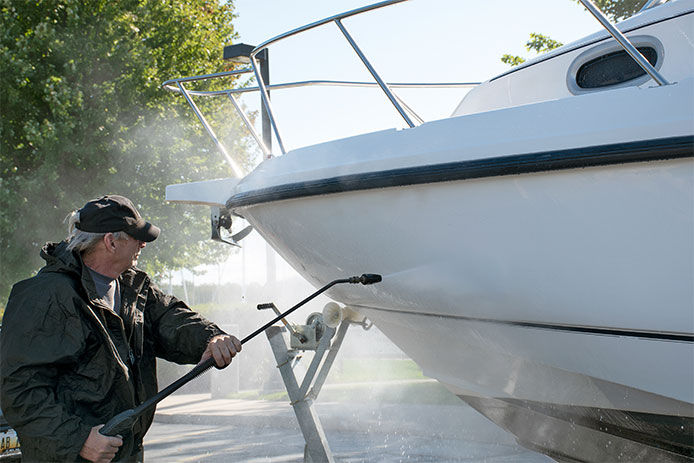
Spring is the ideal time for cleaning and waxing a winterized boat because any effects from dry or wet storage are easily found and repaired at that time. Wash off any sand, grit, dirt, and barnacles left behind from last year with a product recommended for the specific type of boat. Wood boats are much more delicate than fiberglass or metal-bodied models, but they all require different types of cleaning products and scrubbing methods. After a thorough cleaning, apply a marine wax in thick layers with a paintbrush and buff it onto the surface with a soft cloth. This step can take a few hours, so consider working in stages around and under the boat. Finally, test for deck leaks by spraying the deck with a hose. If water quickly seeps in around the edges or between planks, use sealant or gaskets to protect the boat’s interior from damage.
Inspect Wiring and Gauges

A single wire chewed by a mouse over the winter can shut down your essential gauges, which you may not notice until you’re out on open water. Grab a multimeter and check the wiring on all essential systems and gauges before setting out. If you’re unfamiliar with the use of a wire testing tool, switch on each electrical component and verify that it’s working. Make a list of parts that can’t be tested until you’re in the water, such as pumps and drainage systems, so you can still verify everything’s working while you’re safely docked.
Get the Motor Serviced
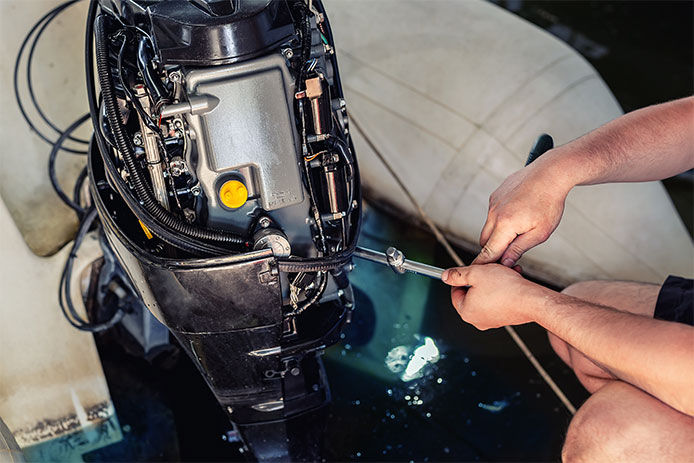
When it comes to an onboard or outboard motor, most of its maintenance is best left to the professionals. A thorough tune-up is the best way to keep the boat performing well for years rather than developing costly issues after just a few trips around the lake. One task related to the motor you can handle yourself is checking the propeller. Look for dirt, rust, or damage to the edges of the fins. Even a little chipping and curling can have a shocking amount of effect on the power of the boat. If the boat is just not taking off like you are used to and the motor’s running just the same, it’s likely wear and tear on the propeller. Clean off any dirt or stains and consider having it professionally refinished at least once every few years to keep it as efficient as possible.
Refill All Drained Systems
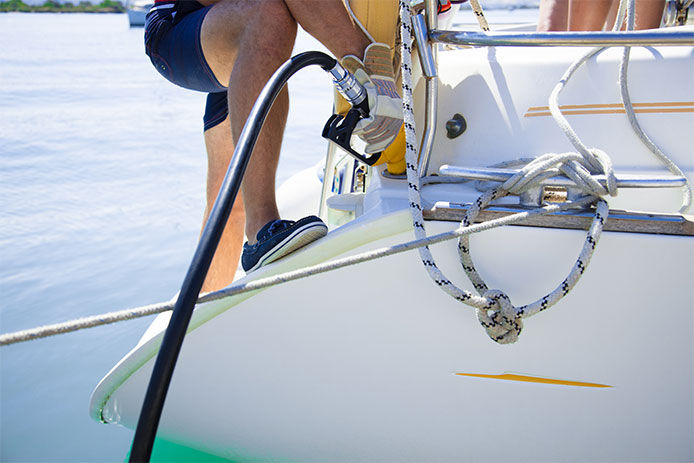
Finish off by refilling every system drained during winterization. Depending on the boat and its features, this can include:
- Fuel, lubricant, and coolants for the motor
- On-board water tanks for drinking or bathroom facilities
- Oil, if you removed it last fall with the intention of replacing it for an oil change
- Live wells and other features for fishing.
Check on any fluids that weren’t drained over the winter, such as power steering fluid. With the right levels of fresh fluids in all the essential systems, your boat should start smoothly and respond as expected on the water.
With these tips, you’ll get your boat ready for summer in no time. Get started a few weeks before your desired date so there’s plenty of time for waxing, registration, and more.